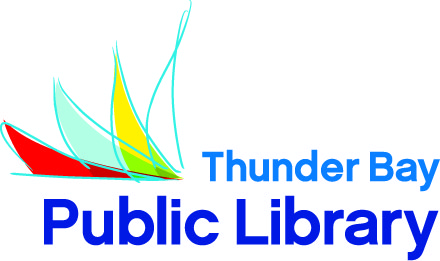
My husband and I are thinking of selling our family home and relocating to a different province. We have been considering this move for a few years now. And yes, we’ve heard all the arguments both for and against. There are those who think we are too old/crazy/irresponsible/brave/all of the aforementioned, to exchange our established, comfortable existence for new and uncharted territory. But, that’s what makes it so exciting! We have arrived at a point in our lives when it is time for another adventure. Wait now, hold the applause. There is family waiting for us at our final destination. Kind of takes the “wow” out of it, huh? Not quite as radical as it first sounds, is it? Don’t care. Can’t wait! However, first things first – we must sell our house. Now, fortunately I work at the Library and there are a number of books and electronic resources that can be consulted on everything from staging your home to selecting the right realtor. These have helped significantly to reduce the “scary” in the whole process and I encourage anyone who is anticipating a move in their future to preview what the Library has to offer. You’ll be pleasantly surprised!
I found Welcome Home by Sarah Daniels to be a good beginning even though it has a copyright date of 2010. Usually, I prefer sources that are a bit more current. But it IS a Canadian publication and it does offer some relevant tips on finding the right realtor, negotiating a fair deal and locating the ideal property. So it gets a “two thumbs up” from me.
Next, I instinctively gravitated towards Buying and Selling a Home for Canadians for Dummies c2011. I find comfort in the “dummies” series because they contain a refreshing lack of jargon that makes their contents more easily understood and they usually include everything you need to know. (Plus, their focus group is “dummies” for goodness sakes! I feel right at home.) I was not disappointed. It is a fairly up-to-date resource and discusses everything from arranging finances and hiring an agent, to making and fielding offers, assessing house values and inspecting prospective homes. An added bonus is that the Library offers it in both book and electronic format so you can choose what best suits your needs.
From Renos to Riches : The Canadian Real Estate Investor’s Guide to Practical and Profitable Renovations c2012 and Fix & Flip c2013 are two more great sources. Even though my husband and I can hardly be described as “home flippers” these books offer all kinds of information and innovative ideas on ways to fix up your home preparatory to selling it.
Of course, these days every real estate show on T.V. emphasizes the importance of “staging” your home. Silly me! I thought it just had to be clean and organized. Maybe, at one time that was enough but now, in order to facilitate a quick and profitable sale one must PRESENT one’s home. So, enter Hot Property c2007 by Alex Newman and Home Staging c2006 by Barb Schwarz. Actually, they offer a lot of practical ideas on how to create curb appeal, what and what not to do with your kitchen and bathrooms, how to emphasize the best features of your house and the art of de-cluttering. But, perhaps the most important thing they do is teach you to consider your home through a buyer`s eyes. For me, that has been an invaluable lesson.
And now that the research is done and the honey-do list compiled, it should be clear and easy sailing right? I only wish. I suspect that the real work is just beginning but somehow, the incurable optimist part of me believes that in the end, it all will have been worth it. Fingers crossed!
Jill Otto







